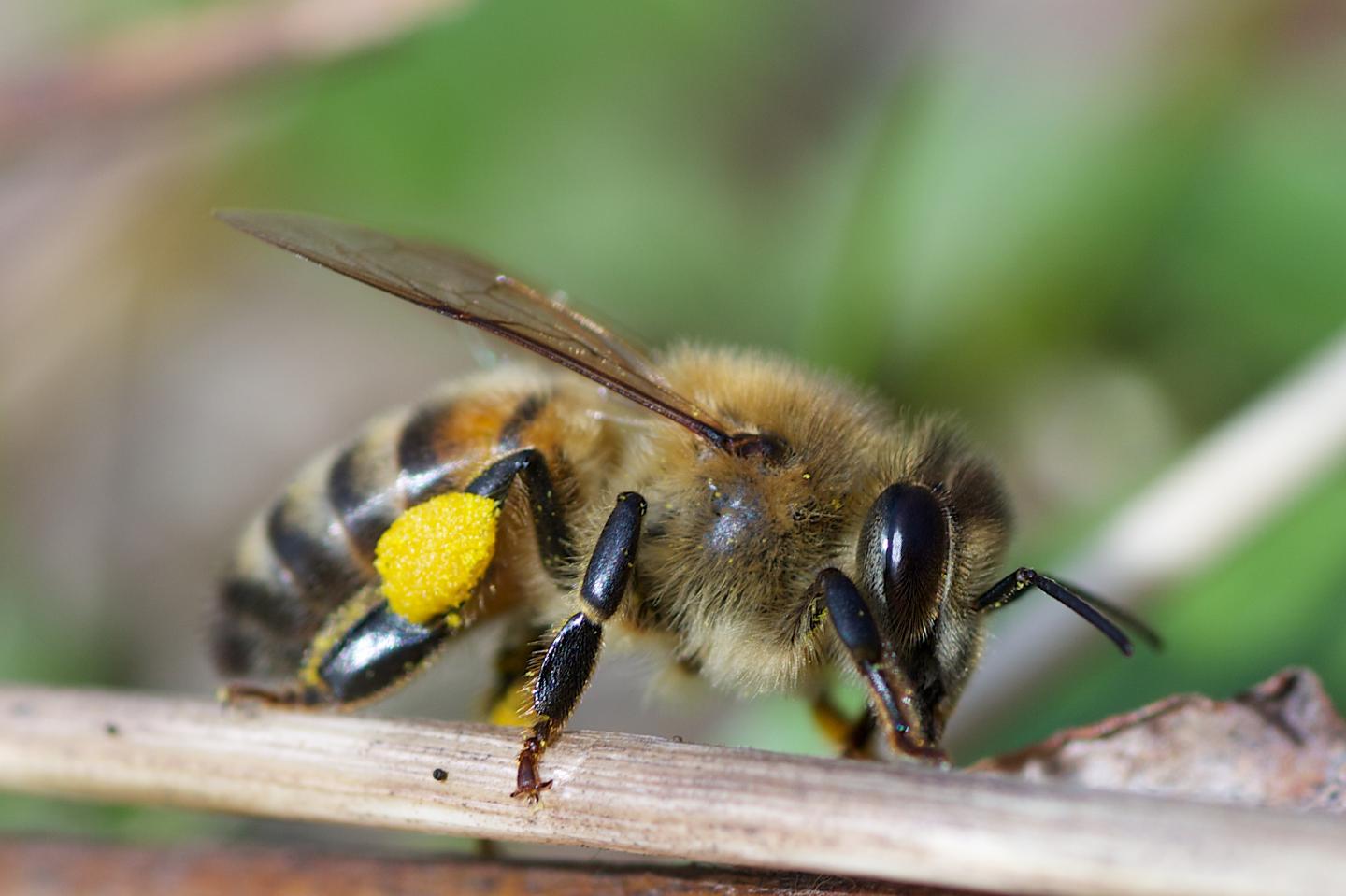
Matthew Webster and Andreas Wallberg at Uppsala University, have studied recombination in honeybees. Recombination, or crossing-over, occurs when sperm and egg cells are formed and segments of each chromosome pair are interchanged. This process plays an crucial role in the maintanance of genetic variation. Matthew Webster and Andreas Wallberg at the Biomedical Centre, Uppsala University, have studied recombination in honeybees. The extreme recombination rates found in this species seem to be crucial for their survival.
Like other social insects, honeybees live in colonies consisting mainly of closely related members of the worker caste. High genetic diversity among the workers is important for the whole colony's survival. There are several theories as to why: for example, a genetically variable workforce may be best equipped to perform the diverse tasks required in the colony, and diverse colonies may also be less susceptible to disease. But how can the queen, the colony's only fertile female, prevent inbreeding and maintain genetic variation?
The queen bee solves the problem in two ways. One is through polyandry. She mates with a score of drones and uses their sperm to fertilize the eggs randomly so that workers often have different fathers. The second is through extremely high rates of recombination.
By sequencing the entire genome of 30 African honeybees, the research team has been able to study recombination at a level of detail not previously possible. The frequency of recombination in the honeybee is higher than measured in any other animal and is more than 20 x higher than in humans.
Recombination affects how efficiently natural selection can promote favorable genetic variants. In line with this, the researchers have found that genes involved in the new adaptations to the environment in honeybees also undergo more recombination. But recombination is not entirely risk free.
"Recombination is not only beneficial for bees. When parts of chromosomes broken and exchanged, errors can sometimes occur during their repair due to a process called "GC-biased gene conversion", says Matthew Webster.
This process leads to gradual fixation of mutations that may be harmful to the honeybee. Although a similar process occurs in humans, it is more than ten times stronger in honeybees. Over time, recombination is expected to lead to a deterioration of the gene pool, a process that seems to have accelerated in bees. The extreme recombination rates - crucial for maintaining genetically diverse honeybee colonies - come with a high price.
"There are no free lunches. Not even for a honeybee", says Matthew Webster
Source: Uppsala University
 Print Article
Print Article Mail to a Friend
Mail to a Friend
